
With the URBNSURF facility in Melbourne, Australia a few weeks away from ‘just adding water’ to its Wavegarden Cove, Surf Park Central sat down for a chat with Founder and Executive Director, Andrew Ross, to figure out what makes him tick and how he went from a 10 year old frothing grommet to a surf park mogul bringing 10 surf parks to Australia in the next 10 years.
“My family comes from Lorne in Victoria, Australia. My family moved across to Perth in Western Australia when I was four years old, so I’m pretty much a Perth guy. Unfortunately, Perth has very poor surf most of the year. When I was 10, I spent six months trying to learn to surf in Perth, but not really getting anywhere. The first board that I bought was a 5’8” Martin Potter Quad with flyers, channels, and a swallow tail – it was just a pig of a board, it was no wonder I couldn’t learn.

“That Christmas we went across to Lorne for a family Christmas holiday, and my grandmother pulled a 1970s, 7’2” red single fin pintail gun out from underneath a neighbor’s house. I remember wandering down to Lorne Point, so embarrassed, with this massive big single fin board under my arm: this was mid-80’s. But I paddled into my first wave, and boom, stood straight up and surfed along at Lorne Point. There’s rocks all over the place on the inside and I didn’t know how to kick out, so I just rode that red board straight up onto the rocks. I went flying over the front, cut myself, but I was ecstatic, and that was the start of the journey. 37 years on, I can recall that moment as vividly as when it happened.
“One of the things I keep saying to our guys that we need to always be mindful of is we are going be the place where hundreds of thousands of people stand up for the very first time on a surfboard. How do we make that experience as meaningful for them as it was for me at Lorne Point 37 years ago? That’s the challenge that we’ve set for our ops team and our customer experience team. We need to create an environment, and deliver an experience, that is similar to my first experience, so that people will remember our surf park as the start of their surfing journey decades later.

“I’ve been a lifelong, passionate surfer, but I also had a legal and a corporate career. At 40 I had been running a publicly listed oil & gas company with operations in the UK and the U.S. Gulf Coast, but I really was starting to lose faith in that industry. I had an “Is this what I want to be doing for the rest of my life?” moment and was fortunate enough to be able to take a year off. As soon as I made that decision, I read an article about Kelly Slater and Greg Webber in a dispute over a wave pool design. I remember thinking, “Oh, that’s interesting” because I know Kelly’s clever and I’d had an interest in the emerging surf park technology space for 20 years or more. So, I got in touch with Greg and I contacted Kelly’s group and found out what they were up to – they were both pursuing circular wave pools at the time.
“I also discovered the Wavegarden guys at that time who had just published a couple of really agricultural looking videos of their tech. I went down to the Basque Country test center in 2012 with very low expectations, but lo-and-behold, under cover of darkness, without anyone knowing, they had built a two-thirds scale lagoon with the original wave foil technology. They invited me down to surf, there were a couple pro’s down there surfing as well. I think it was Gabriel Medina, Taj Burrow, and Dane Reynolds. I remember turning around, paddling into my first wave getting up, surfing along, doing about six turns, kicking out and thinking, “Holy sh*t, this thing is real.” I said to the Wavegarden guys, “Look, I’ll write a check right now.”

“I signed up the rights for Perth initially, then with a bunch of surfing mates who were also business people, engineers and company directors, picked up the rights for the rest of Australia. So now we had the rights to an unproven technology, in an unproven industry space, with no business model around it. Where do we go from here? Where would you build these things? What type of land would you need? What type of market would you need to serve? What would the offering be? I spent the better part of a year really thinking through the business model, thinking through all the risks, challenges, rewards, opportunities. Sniffing around, trying to find sites and started to identify and get a sense of where we needed to be.
“Things really changed in mid-2015 when Surf Snowdonia opened and everyone could actually see what the wave was like, and what the experience could be. Everything changed in that moment. Then we had people chasing us to work together to try and develop surf parks. And that’s when Melbourne Airport contacted us, and Sydney Olympic Park, and we went forward from there.
“We worked long and hard with Melbourne Airport to complete all the detailed architectural design, all the planning consents, the lease documentation. We got approvals through our respective boards, did a big public announcement about it in April 2016 that we were coming. I went to Spain immediately afterwards to get everything prepared with Wavegarden, and I remember Josema Odriozola, Wavegarden’s founder, saying to me, “Andrew, we’ve actually got something to show you.” He had a one-eighth scale model of the Cove, all of the computer simulations, the fluid dynamic modeling done, and a little test piston showing how the Wavegarden ‘Cove’ would work.

“They ran me through all of the benefits of the Cove: far greater frequency of waves, greater variability of waves, greater mechanical reliability, smaller footprint, and higher capacity of guests, and the right type of capacity, meaning an almost 50/50 split between people on the advanced wave and people on the learner waves. NLand and Snowdonia with their foil technology were suffering because they didn’t have enough capacity to accommodate all the people that wanted so surf their advanced wave while the beginner bays were difficult to bring to full capacity on a regular basis.
“I said to myself, “bugger..” knowing at once we were going to have to change everything. I had to go back to the airport say, “Umm, guys, remember we completed all the design and approvals and leasing work on the wave park? Yeah, we want to change everything.” So, we then had to go back through a complete new feasibility process, planning, architectural design, all the technical studies to modify our development from a ‘Lagoon ‘to a ‘Cove’. That took us the better part of another year and that’s why we’re a little delayed on our Melbourne project.
“But ultimately it was the best move, because the ‘Cove’ technology is significantly superior to the old Wavefoil technology, and we’re delighted that we’re going to have the first full scale commercial ‘Cove’, globally, in Melbourne. The wave generator everyone has seen in footage from the Basque Country has 21 pistons that comprise the wave generator. We’ve got 46. Our lagoon is also five times the size of the test facility, and our advanced waves will be about 2m high giving around 16-18 second rides. It’s going to be good.
“We’ve always had an ambition for our business to develop ten surf parks in ten years in Australia. That’s still our objective. We’ve got another couple of sites that we’re working on in the background. Also, being the first to deliver the ‘Cove’ to market, and the first to deliver a surf park in a core surf market, we’ve learned an enormous amount from the process we’ve been through, and we’re about to learn even more in the coming months and years. We’re quite keen to explore how we can utilize that knowledge to work with other Wavegarden partners, or any other surf park developers really, globally. This knowledge is which is directly applicable to the 18 other Wavegarden ‘Cove’ projects in progress around the world and we’re talking to quite a few of the people developing those at the moment.

“I can see that being a part of our business going forward as well, and it may lead us to opportunities to co-venture with people into different parks in different parts of the world, or to just provide some form of consulting assistance to them. “What’s interesting is that with every new surf park you build, you further reinforce the total number of surfers within that market as you are creating a new group of surfers every year. So we’re going to have several hundred thousand people through our Melbourne park in the first year and that will grow the total numbers of surfers within that market. Over time it’ll just keep growing and growing, and be self-perpetuating, meaning it would generate the need for a second surf park within that market. I think Melbourne and Sydney are both big enough for two parks, maybe even more. Perth, Brisbane, Gold Coast, Adelaide, they’re all places that I think can feasibly and profitably have a surf park. I think demographically that at least ten surf parks could definitely be built and operate successfully within Australia.




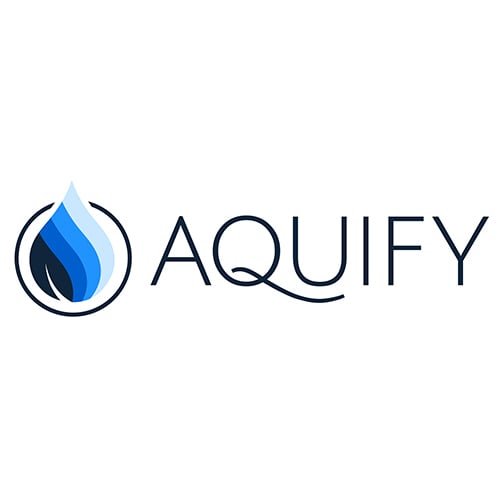
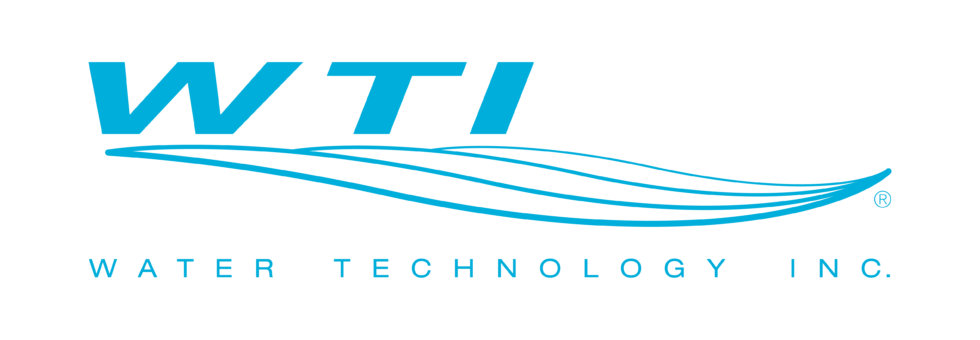
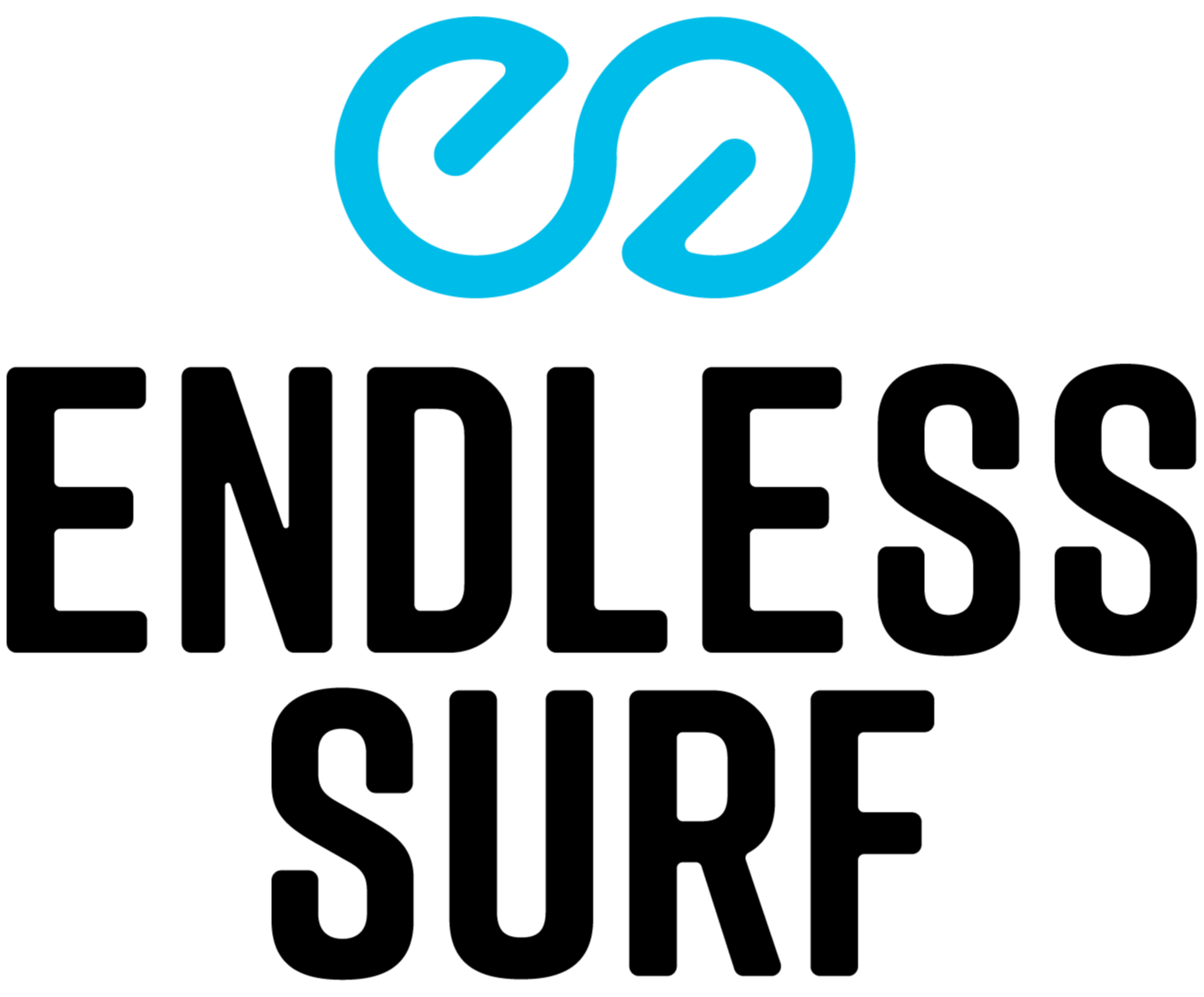
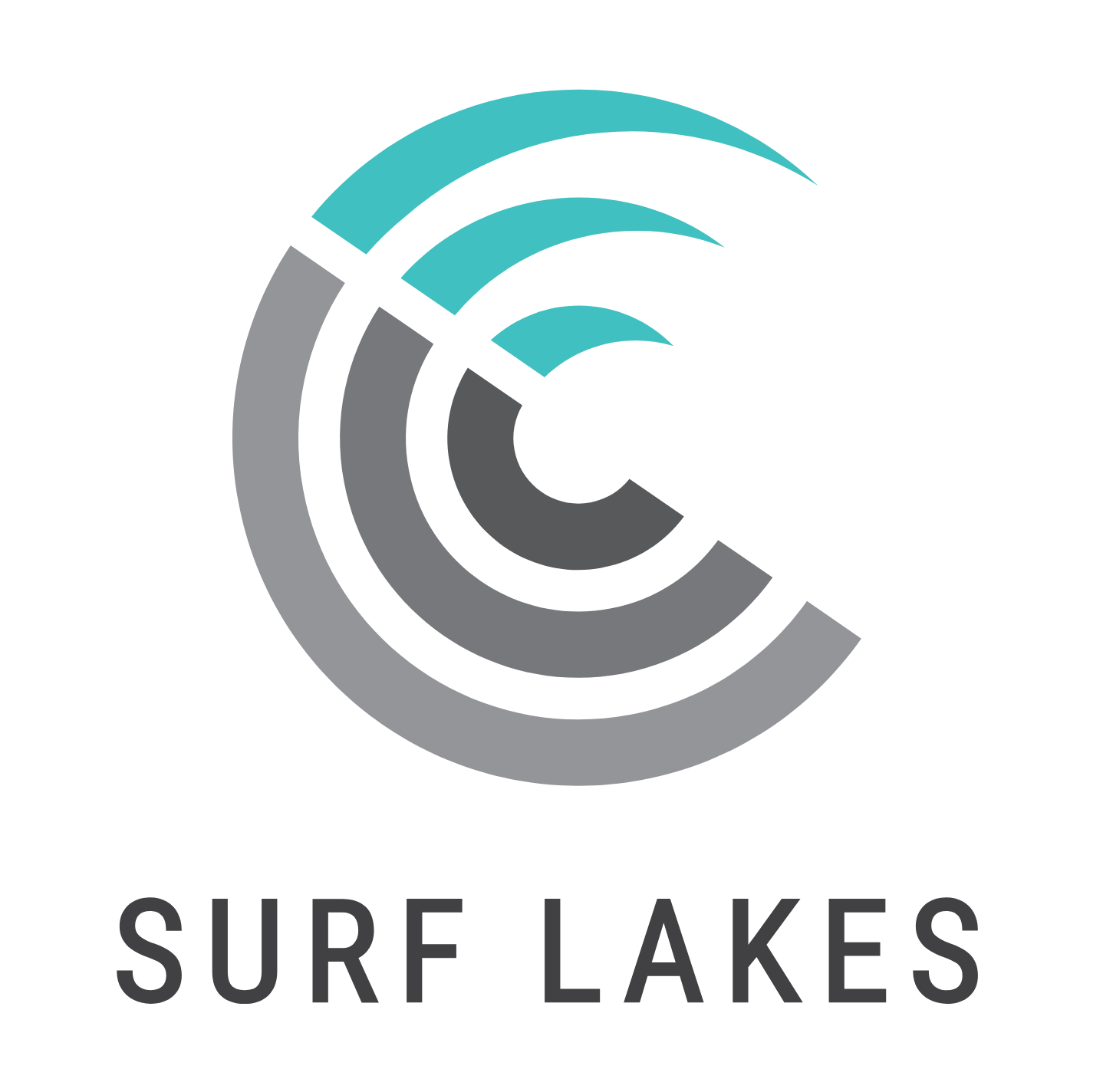











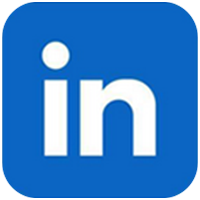
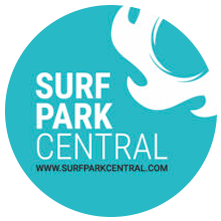










1 Comment
You must be logged in to post a comment Login